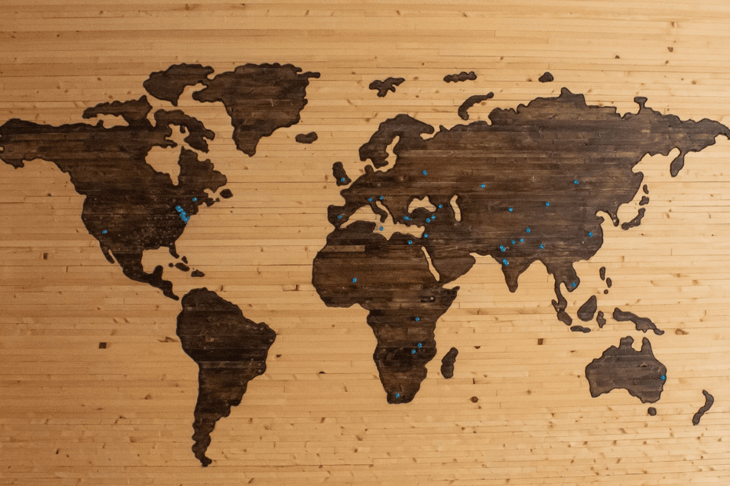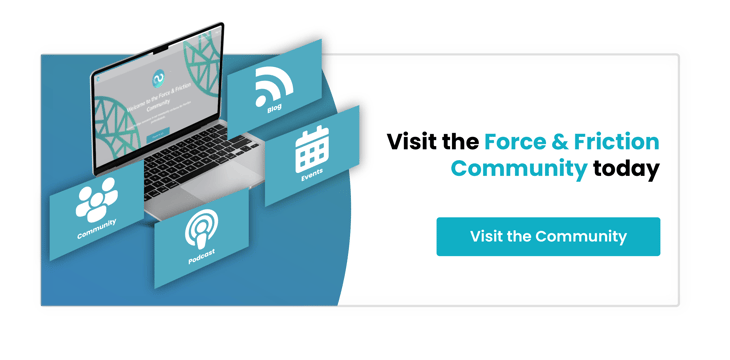
How to Build a Customer Journey Map: The Four Foundational Strategy Phases
“There is clearly a gap between the ambition of a business to deliver a great customer experience, and the reality of customer perceptions,” notes Deloitte in the 2020 Future of Experience report, referring to research which suggests that while 80% of leaders believe they are providing a superior experience, just 8% of customers feel the same.
Providing an experience that doesn’t just appear great, but really does lead to customer satisfaction, has never been more important. During the 2007 - 2009 recession, McKinsey found that customer experience ‘laggards’ saw, on average, three times fewer stakeholder returns than customer experience ‘leaders’. Today’s organisations must learn from the past, and use these lessons to shape their approach to assure customer success in the future.
So how can today’s businesses provide better experiences for their customers?
By building a customer journey map.

Customer Journey Mapping
By now, most businesses have heard of customer journey mapping. In fact, Gartner notes that around 82% of organisations have created customer journey maps. Unfortunately, the insights firm also reports that only half are building them correctly.
The problem? Many businesses are jumping straight into execution, without building the foundations needed to support a customer journey map. It’s not possible to jump head first into customer journey mapping; doing so could mean that the map isn’t fully aligned with the journey, making it more challenging for businesses to connect and engage with the modern customer. To make customer journey maps more valuable and insightful, it’s important not to overlook the four foundational strategy phases:

1. Involve the Right People
“There is little consensus regarding who in the business should take ownership of customer journey mapping,” notes the MyCustomer 2018 Customer Journey Mapping research report. In some organisations, a customer journey map is created by sales. In others, it’s built by marketing. And some delegate journey mapping to the C-suite. So who should be involved? The answer is that a good customer map is a combined effort.

2. Highlight Key Moments
One of the biggest mistakes in building a customer journey map is that these maps are often based on how a business wants their customers to engage and interact… not how customers actually behave. And so, before designing a map, it’s important to gain a clear understanding into the key moments in the journey that shape customer action. Breaking the journey into bitesize ‘moments’ can highlight sticking points at each stage.
While key moments will be different for every business, there are a few that will likely be universal across all industries. For example, every customer gains a first impression, and experiences a ‘first value’ that makes them interested in the organisation. There will be an outcome for every customer, and a moment that determines whether a company meets or exceeds expectations. These moments build an overview of the buyer journey.
3. Develop Your Customer Journey Map
Only once you’ve gained a full understanding of the moments that matter in the lifecycle of the customer can you really begin building a customer journey map. Use your insights from phase two to design and develop a roadmap that outlines how your customer moves from awareness to advocacy. However, a good customer journey map isn’t just based on actions; it also considers customer feelings at each stage.
Knowing what customers do - and when - is only one half of the equation. The other half is knowing what emotions are triggering the move forward, or preventing it. By empathising with customers, it becomes easier to tap into the emotional side of selling, creating an experience that both physically and emotionally supports customers on their journey. Emotional connections to services and businesses are big influencers.
4. Track, Monitor, and Adapt
Building a customer journey map is not a onetime thing. In fact, by failing to update a customer journey map regularly, it could become obsolete very quickly, preventing you from designing a strategy that engages the modern buyer and encourages customer advocacy. One of the most important aspects of customer journey mapping is developing a plan that enables you to monitor changes in customer behaviours and preferences, and adapt your map as necessary.
HubSpot recommends that customer journey maps should be reviewed at least quarterly, but ideally on a monthly basis, as well as following changes to business processes, and during periods of widespread change in the economic environment. Using data gleaned from the customer service software, businesses can track how accurate their customer journey map is and quickly identify any misalignments that can be addressed with minor map updates.








%20-%20Teal.png?width=500&height=130&name=Force%20%26%20Friction%20-%20Branding%20-%20Logo%20(White)%20-%20Teal.png)